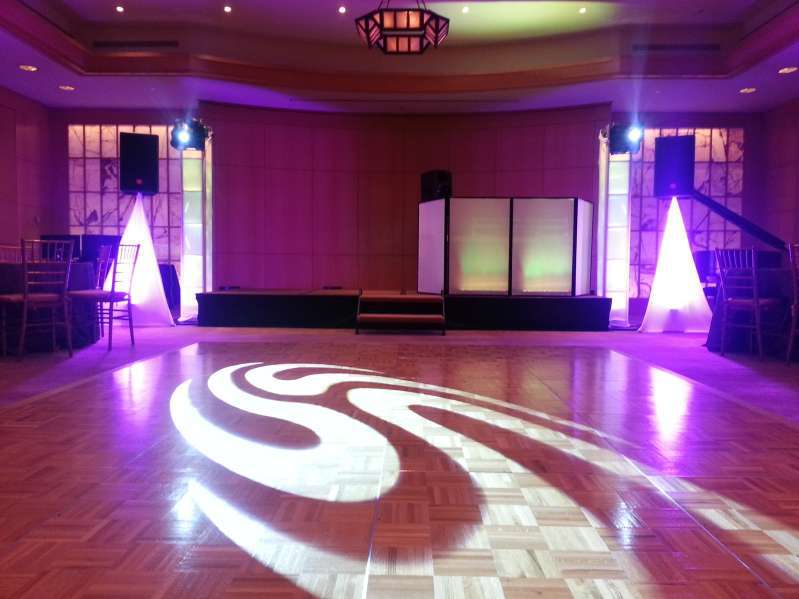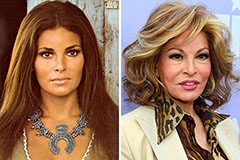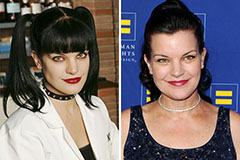
The primary hues are crimson, blue, and golden. These hues cannot be created by blending different hues combined. Secondary colors, such as green, tangerine, and violet, are formed by combining main hues. Third-level colors are formed by combining a main hue with a secondary color. Understanding these fundamental connections helps creators choose colors that complement one another and produce a aesthetically pleasing show. Mixing these hues on an light-emitting diode dancing floor can lead to dynamic and stimulating effects that attract the focus of participants.
Hue value also holds a key role in aesthetics. Colors can be categorized as hot or chill. Hot hues, such as crimson, tangerine, and yellow, often to evoke emotions of enthusiasm and heat. In opposition, cool hues like blue, green, and purple often generate a serene and tranquil atmosphere. Designers can use these color values to establish the ambiance for different kinds of occasions. dance floor rental for charity events For example, a celebration atmosphere may benefit from warm hues that invigorate the audience, while a more calm occasion might employ chill colors to provide a calming effect.
In addition to color combinations and value, luminosity and saturation are vital elements to consider. Luminosity denotes to how bright or dim a hue looks, while saturation measures the intensity of a hue. Vivid, saturated hues can create a vibrant and lively environment, perfect for dancing floors. On the other hand, softer, less saturated hues can create a more subdued atmosphere. By manipulating brightness and intensity, creators can draw attention to particular sections of the dance surface or establish visual pathways, guiding dancers through the venue.
Finally, it is crucial to consider the psychological effects of color in LED dancing floor designs. Various colors can evoke different feelings and responses. For example, crimson is often linked with zeal and energy, while blue can be soothing and tranquil. Understanding these associations allows creators to strategically use hues to affect the behavior of Full Report dancers. Through integrating color principles into light-emitting diode dance floor designs, creators can improve the total experience, making it memorable and enjoyable for all involved.
 Shaun Weiss Then & Now!
Shaun Weiss Then & Now! Judd Nelson Then & Now!
Judd Nelson Then & Now! Jenna Von Oy Then & Now!
Jenna Von Oy Then & Now! Raquel Welch Then & Now!
Raquel Welch Then & Now! Pauley Perrette Then & Now!
Pauley Perrette Then & Now!